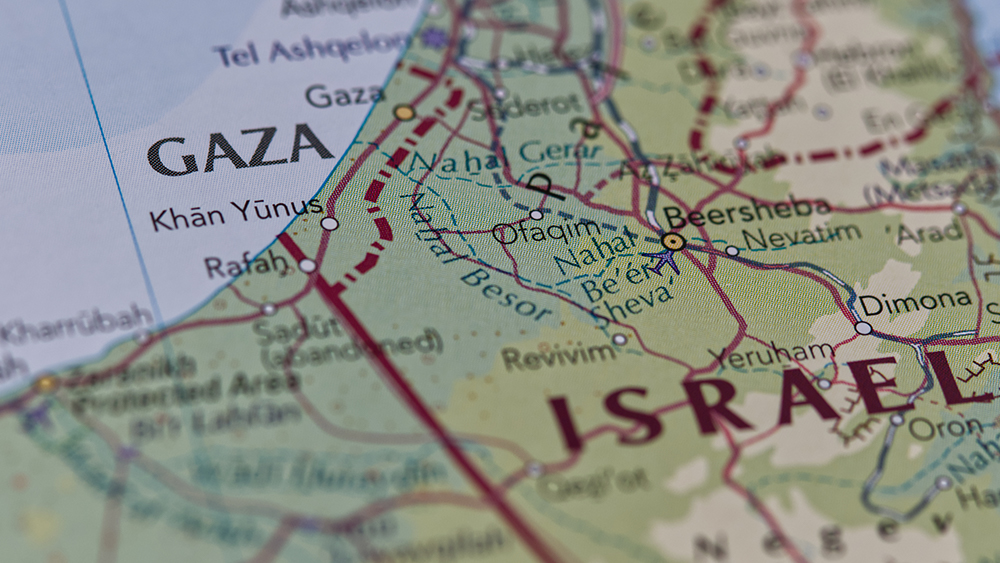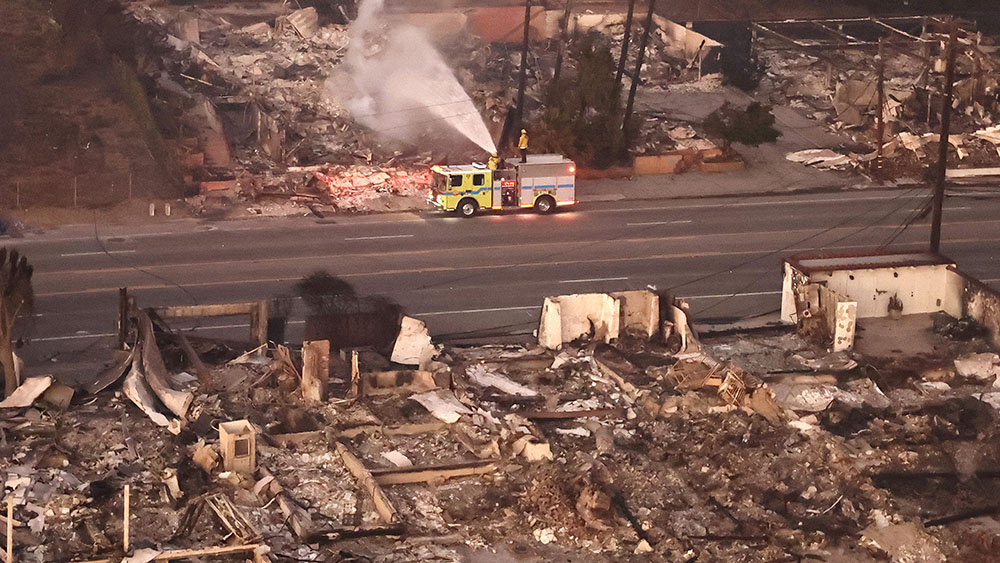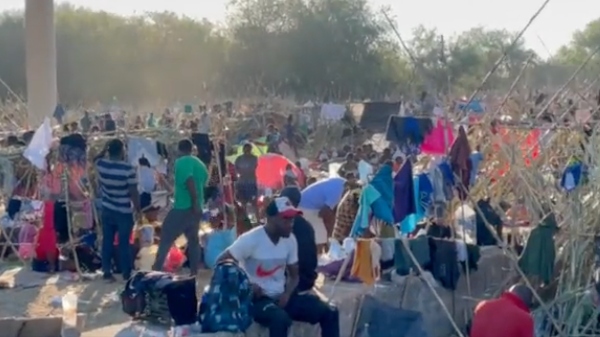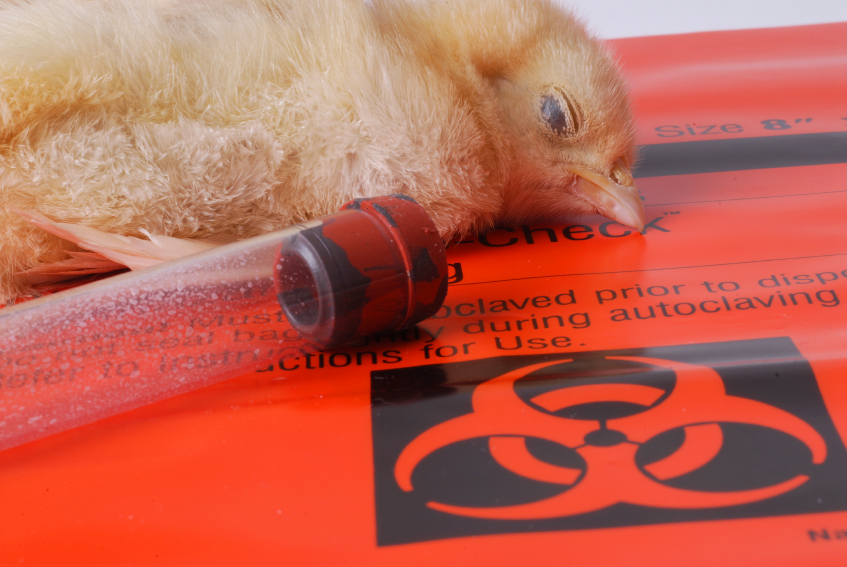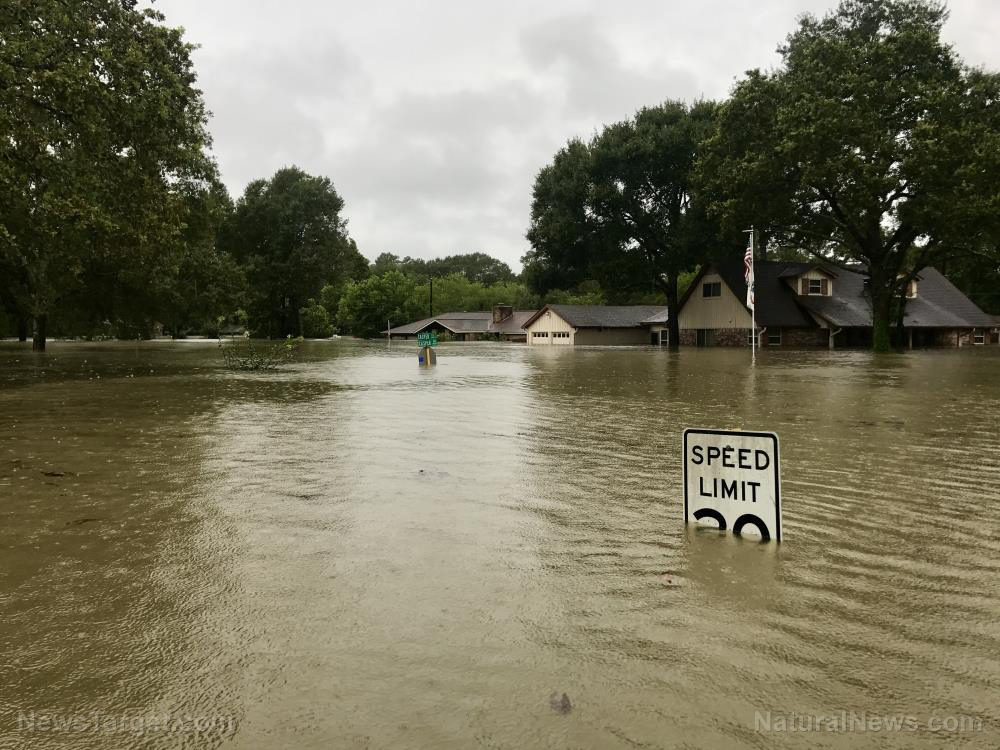Empower resilience and navigate the path to survival with David Nash’s “Basic Survival: A Beginner’s Guide”
07/21/2025 / By Kevin Hughes
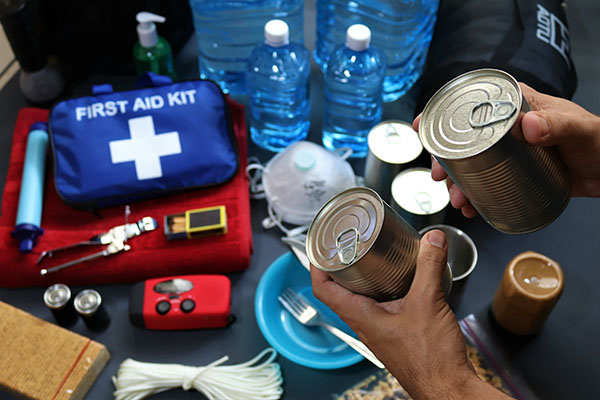
- David Nash’s “Basic Survival: A Beginner’s Guide” emphasizes that disaster readiness goes beyond stockpiling supplies. It requires resilience, adaptability, and proactive planning to ensure safety and peace of mind.
- He outlines four phases of emergency management – mitigation (minimizing threats); preparedness (creating versatile plans and assembling resources); response (executing plans with calm and adaptability, using priorities like life safety and incident stabilization); and recovery (rebuilding and restoring normalcy, including emotional well-being and supply replenishment.
- Practical preparedness strategies in the book include situational awareness (e.g., Cooper Color Code system), custom survival kits (72-hour bags, INCH bags, EDC kits) with tested supplies, food/water storage (palatable options, purification methods) and first-aid training.
- He also advises building networks (e.g., CERT programs) for teamwork during disasters. While firearms are part of security, they require training and ethical deliberation.
- Preparedness is an ongoing process of learning, adapting and improving skills to face evolving threats effectively.
In an era marked by escalating uncertainties and the increasing frequency of natural and man-made disasters, the question is no longer “if'” calamity will strike, but “when.” As governments grapple with the immense challenges of large-scale emergencies, the onus of preparedness has shifted decisively to individuals.
David Nash’s book, “Basic Survival: A Beginner’s Guide,” emerges as a timely and essential roadmap for those seeking to navigate the complexities of disaster readiness. His central thesis is clear: Preparedness transcends mere stockpiling of supplies. It is a holistic approach that cultivates a mindset of resilience and adaptability.
“Preparedness is about choices,” Nash asserts. “A prepper chooses to invest time and resources to attain peace of mind.” This perspective is crucial, as it underscores the proactive steps necessary to safeguard oneself and one’s loved ones.
Nash delineates emergency management into four critical phases: Mitigation, Preparedness, Response and Recovery. Each phase is integral to crafting a comprehensive disaster plan.
Mitigation focuses on minimizing the impact of potential threats. This could involve relocating to safer areas, reinforcing one’s home, or securing adequate insurance. The goal is to prevent disasters or at least lessen their severity.
Preparedness entails devising plans and assembling resources to respond effectively to emergencies. Here, the importance of an “all hazards” approach is emphasized, ensuring that plans are versatile enough to address a wide array of scenarios. Kits, food storage and first-aid skills are paramount in this phase.
Response is the phase where plans are put into action. Staying calm, making informed decisions, and adapting to the evolving situation are key. Nash introduces the LIPP Priorities – Life Safety, Incident Stabilization, Protection of Property, and Protection of the Environment – to guide individuals in prioritizing actions during a disaster.
Recovery focuses on rebuilding and returning to normalcy. This phase can be protracted, necessitating a plan for restocking supplies, repairing damage, and supporting emotional well-being.
Nash provides practical advice for preparing for a range of disasters, from earthquakes to active shooters. For instance, in the event of an earthquake, he advises securing heavy furniture, having a 72-hour kit and knowing how to shut off utilities. For floods, he recommends having sandbags, understanding floodplain maps and being aware of the risks associated with contaminated water.
A key component of Nash’s philosophy is situational awareness, which he elucidates through the Cooper Color Code system. This system helps individuals gauge their level of alertness and readiness, emphasizing the importance of being aware of one’s surroundings and potential threats.
One of the most practical aspects of Nash’s book is his detailed guide to creating survival kits. From INCH bags (I’m Never Coming Home) to EDC kits (Everyday Carry), he outlines the essentials for various scenarios. A 72-hour kit is a foundational element, including items like water, non-perishable food, a battery-powered radio, a flashlight, a first-aid kit and personal hygiene items. Nash stresses the importance of testing and rotating supplies to ensure everything is in working order.
Food and water are critical components of any survival plan. Nash discusses various food storage systems, advocating for options that are both palatable and easy to prepare. Water, he emphasizes, is even more crucial than food, recommending storing at least one gallon per person per day and employing purification methods such as boiling, filtering and chemical treatments.
Nash also provides a comprehensive overview of basic first-aid techniques, from treating airway obstructions and bleeding to managing burns, broken bones and heat-related injuries. A well-stocked first-aid kit and the knowledge to use it effectively are indispensable.
While Nash acknowledges the role of firearms in preparedness, he underscores that they are just one part of a broader security strategy. He advises prioritizing training and practice, and considering the ethical and practical implications of using force.
Nash encourages readers to build relationships with like-minded individuals and to consider joining programs like the Community Emergency Response Team (CERT) to develop valuable skills and connections.
“Basic Survival” is more than just a guide to disaster preparedness; it is a call to action for anyone who wishes to take control of their safety and well-being. Nash’s book provides a comprehensive roadmap for building resilience, from understanding threats and creating plans to gathering supplies and developing essential skills.
As Nash aptly puts it, “Preparedness is a journey, not a destination.” It is about continuous learning, adaptation and improvement. For those ready to embark on this journey, “Basic Survival” is an invaluable resource.
Watch this video about David Nash’s book “Basic Survival: A Beginner’s Guide.”
This video is from the BrightLearn channel on Brighteon.com.
Sources include:
Submit a correction >>
Tagged Under:
72-hour kit, adaptability, Basic Survival: A Beginner's Guide, boiling, CERT, David Nash, disaster plan, Disasters, EDC kits, emergencies, filtering, first aid, Food storage, Gear, INCH bags, preparedness, prepper, resilience, survival
This article may contain statements that reflect the opinion of the author
RECENT NEWS & ARTICLES
COPYRIGHT © 2018 PANIC.NEWS
All content posted on this site is protected under Free Speech. Panic.news is not responsible for content written by contributing authors. The information on this site is provided for educational and entertainment purposes only. It is not intended as a substitute for professional advice of any kind. Panic.news assumes no responsibility for the use or misuse of this material. All trademarks, registered trademarks and service marks mentioned on this site are the property of their respective owners.







